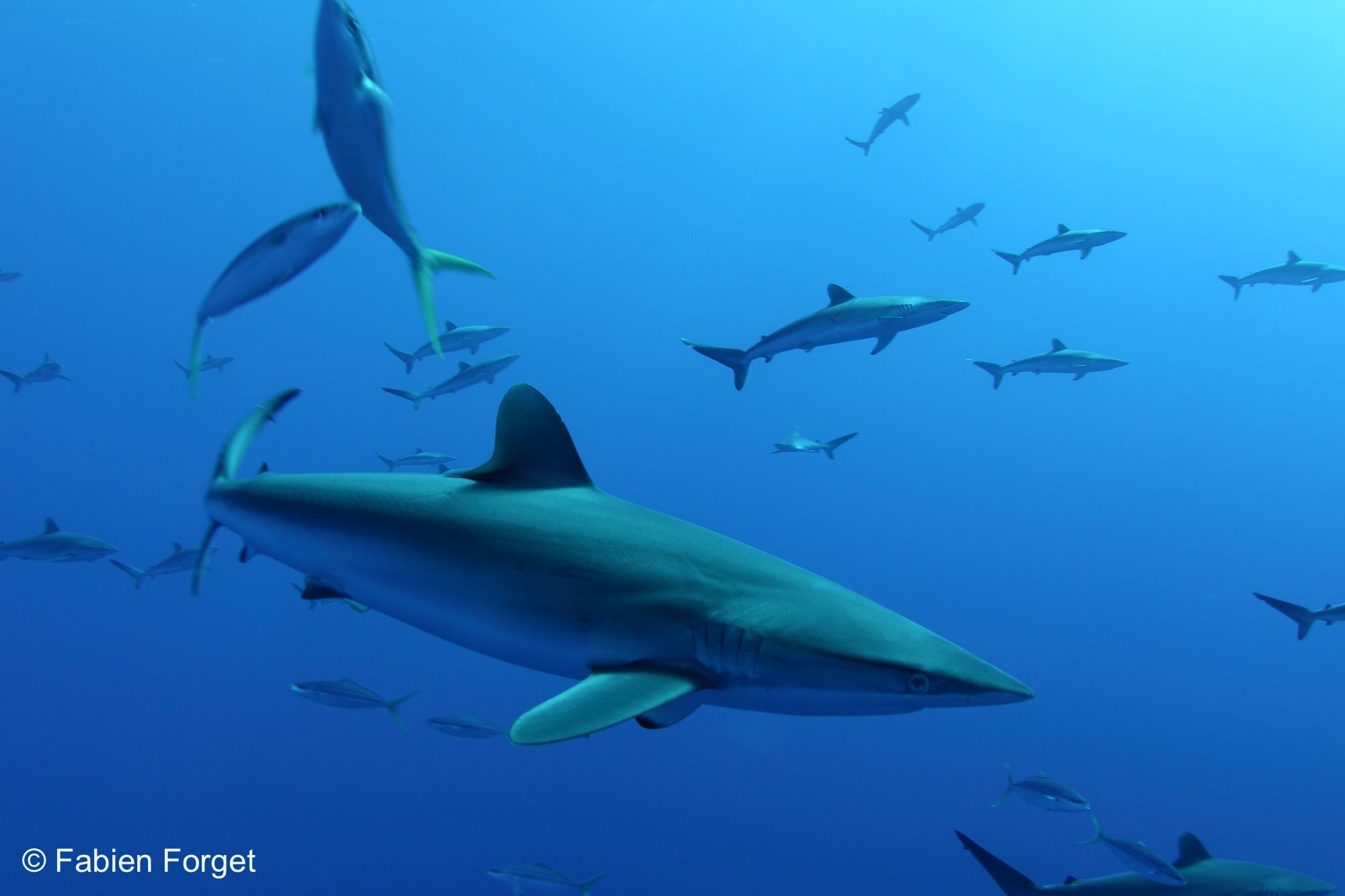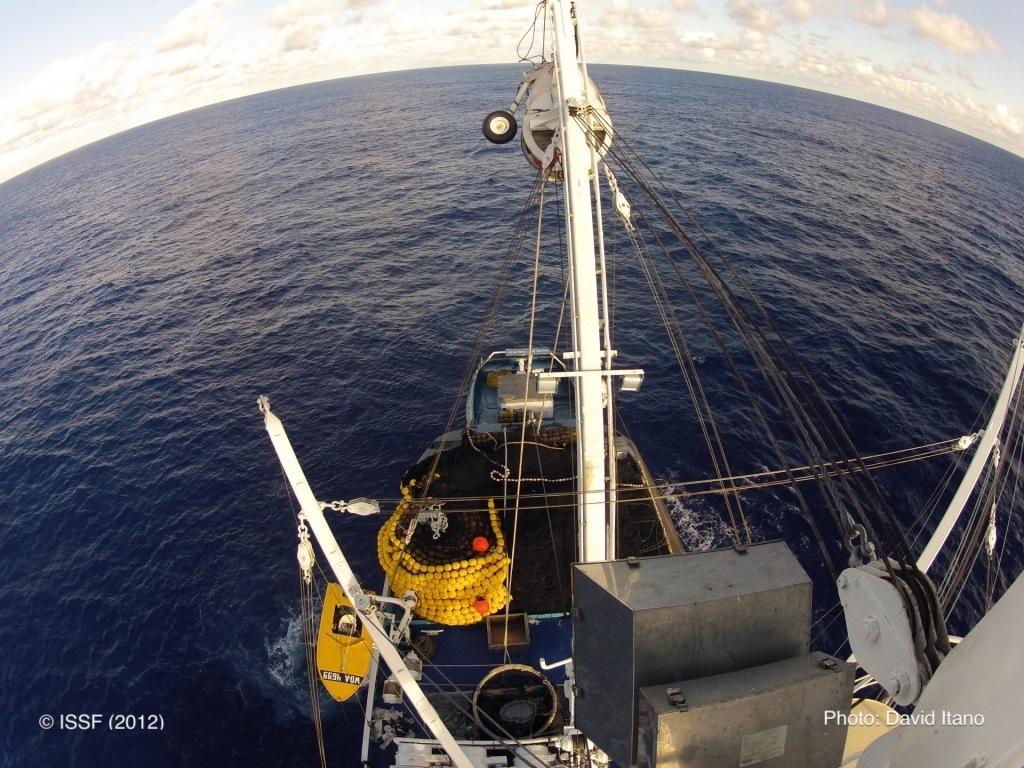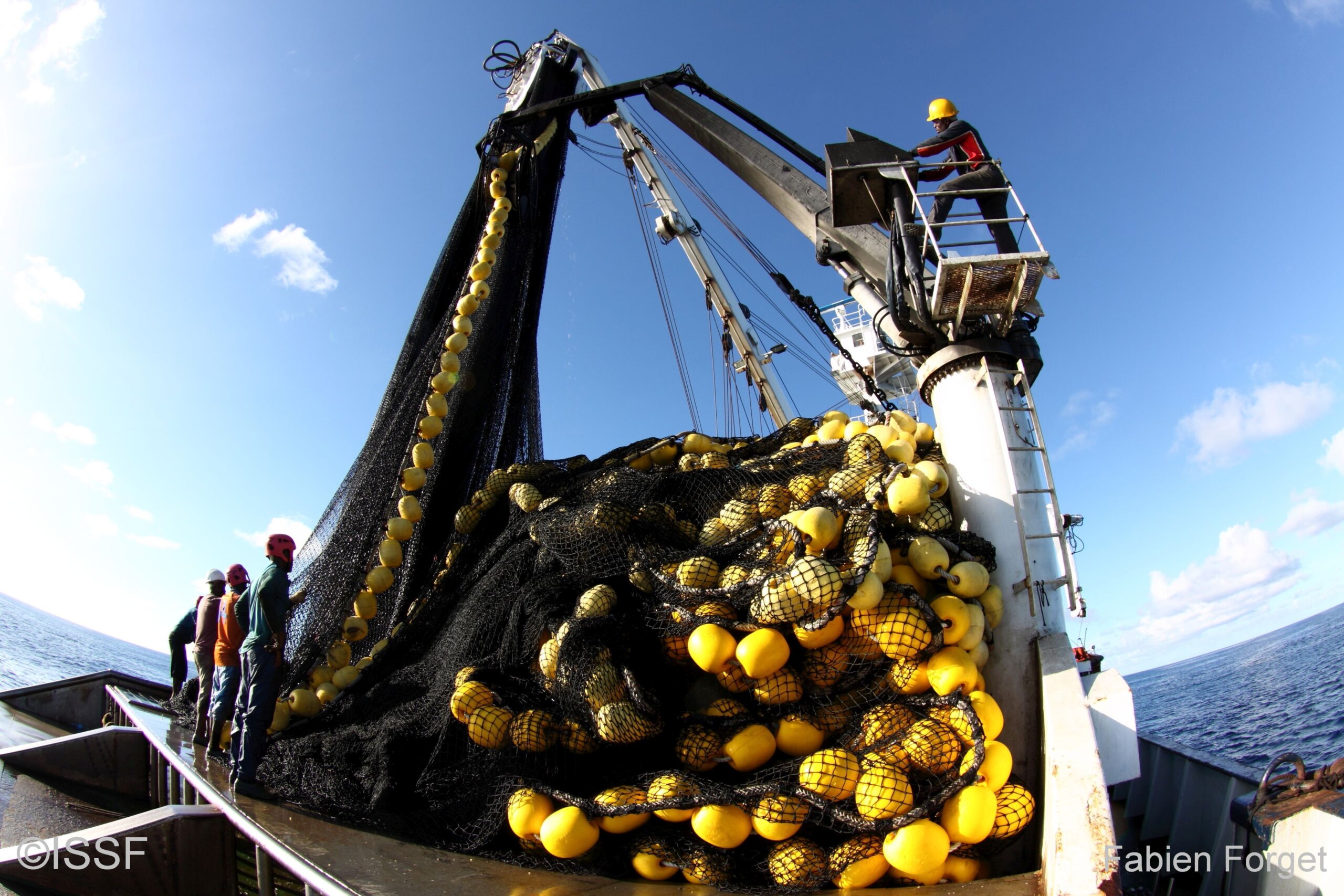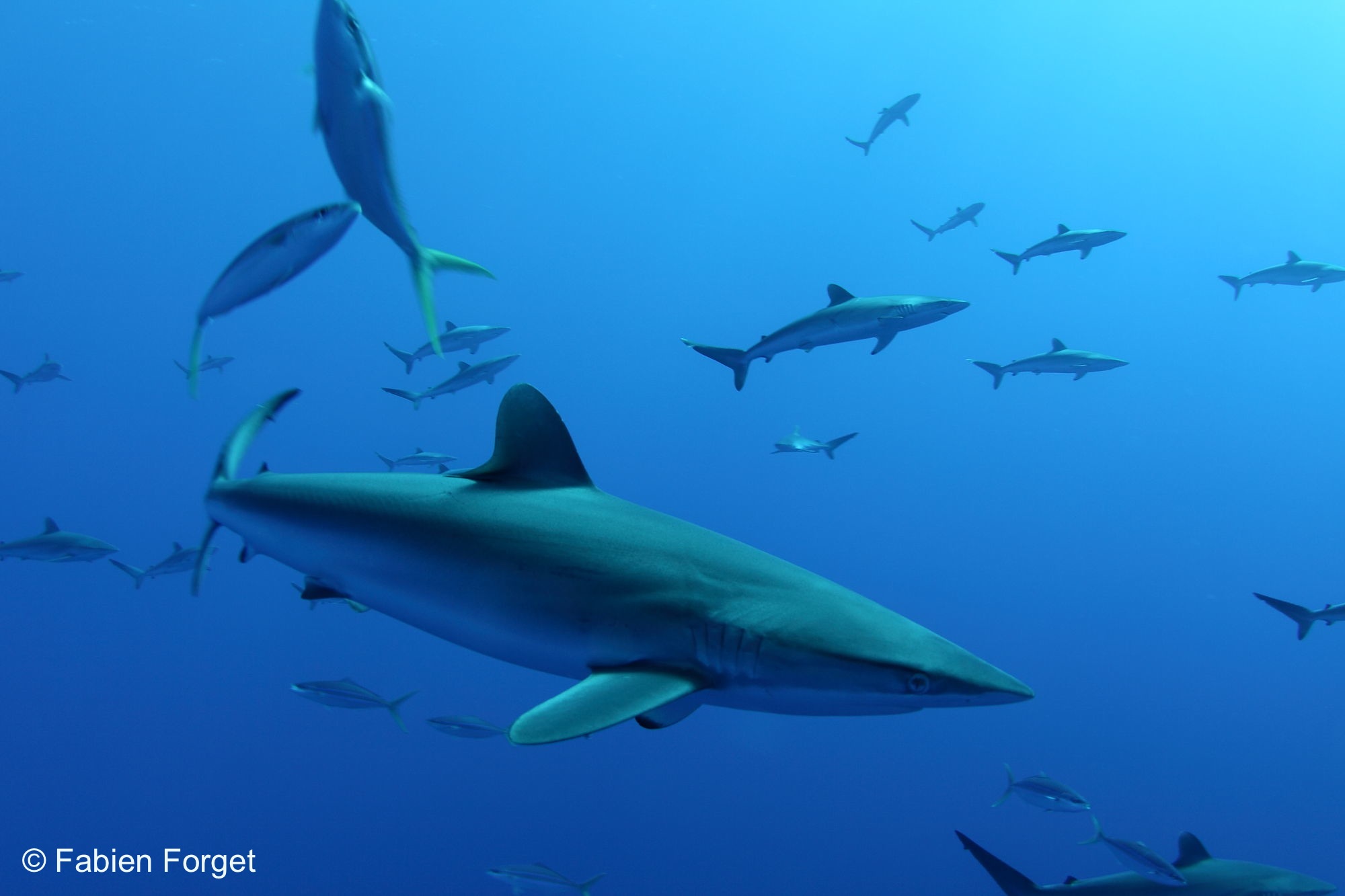
How Can Tropical Tuna Purse-Seine Fisheries Become MSC Certified?
The International Seafood Sustainability Foundation (ISSF) has published a comprehensive report of recommendations, with an emphasis on fish aggregating device (FAD) usage, for purse-seine fisheries pursuing Marine Stewardship Council (MSC) certification.
ISSF 2018-05: Recommended Best Practices for Tropical Tuna Purse Seine Fisheries in Transition to MSC Certification, with Emphasis on FADs is based on MSC fishery-certification requirements and organized by MSC scoring indicators. It is intended as a practical resource for purse-seine fisheries entering into Fishery Improvement Projects (FIPs) to address problems, close gaps, and earn MSC certification.
The report summarizes science-based best practices for tropical tuna purse-seine fisheries with a FAD component — that is, with a portion of their sets on FAD-associated schools of tuna. Many of the practices also apply to purse-seine fishing on free-swimming tuna schools.
Our new report is a resource for tropical #tuna purse-seine #fisheries seeking @MSCecolabel certification. Share on XMSC Certification, Purse-Seine Fisheries, and FIPS
Approximately 65% of the world’s tuna is harvested from purse-seine fisheries, which have been challenged in receiving MSC certification as compared to other species fisheries. Only certain components of some purse-seine fisheries — the free-swimming school, anchored FAD, and dolphin-associated components — have been certified by MSC to date.
Helping all tuna fisheries to be sustainable and meet MSC certification standards — without conditions — is ISSF’s ultimate objective. Since FIPs are instrumental in that process, ISSF’s new five-year strategic plan, Advancing Sustainable Tuna Fisheries, emphasizes tools and resources, along with scientific expertise and RFMO advocacy, to support those improvement projects.
More than 30 tuna FIPs are active worldwide today, and many retailers and food-service providers are committed to FIPs in their seafood sourcing guidelines.
Best Practices in FAD Fishing
In Recommended Best Practices, ISSF marine scientists Ana Justel-Rubio and Dr. Victor Restrepo — who also sits on MSC’s Technical Advisory Board — reference requirements from Regional Fisheries Management Organizations (RFMOs) and present best practices gleaned from ISSF at-sea research, skippers workshops, and other resources.
Regarding FAD use, they identify several best practices for vessels operating in a tuna purse-seine fishery seeking certification, including:
- Comply with flag state and RFMO reporting requirements for fisheries statistics by set type
- Voluntarily report additional data on FADs for use by RFMO science bodies
- Support science-based limits on the overall number of FADs used and/or FAD sets
- Use non-entangling FADs only, and promote the use of biodegradable FADs
- Develop a FAD recovery policy, including arrangements to alert coastal countries of derelict FADs that may impact sensitive areas
- For silky sharks (the main bycatch species in FAD sets), implement further mitigation efforts
Recommendations to Increase MSC Scores
In addition to best practices for FAD use, the report recommends strategies for fisheries to:
- Promote RFMO adoption of stock management measures that address all fishing gears
- Increase research and monitoring capabilities
- Improve overall compliance with RFMO requirements, including reporting of data needed for stock assessment
An appendix lists all MSC performance indicators (PIs) for each MSC Principle — Sustainable Fish Stocks (P1), Minimizing Environmental Impact (P2), and Effective Management (P3) — and their component scoring issues (SIs), identifying actions that will lead to passing scores of 80 or higher.


